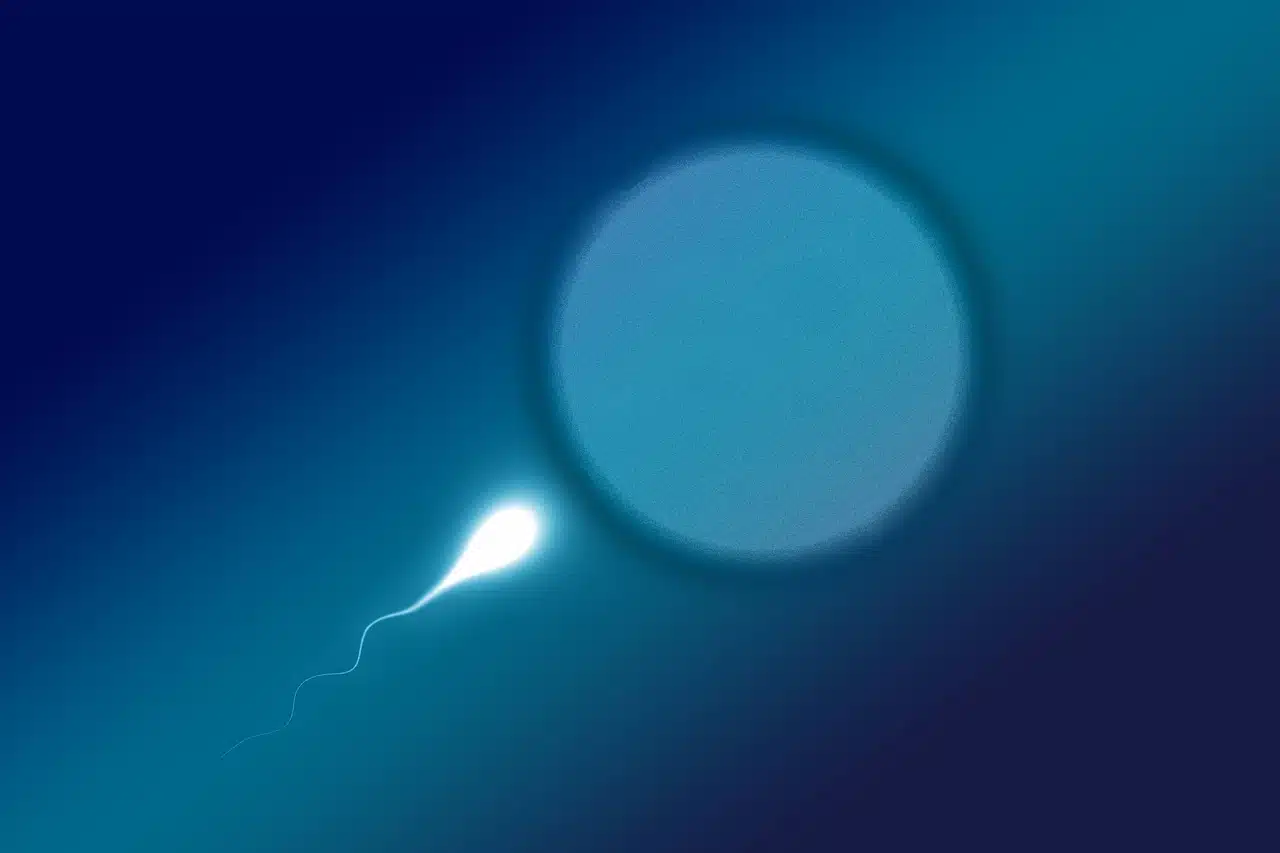
Ovulation makes pregnancy possible.
Ovulation is the maturation of an egg in the ovary or the expulsion of one or more eggs from the ovary , either spontaneously or induced .
Women ovulate every fourteen days on average, after the first day of menstruation . This period, however, is not exact since it depends on the length of each person's menstrual cycle. It is normal that in some cases you may feel pain during ovulation.
Development of ovulation
The menstrual cycle generates alterations in the consistency of vaginal fluid and aims to prepare the body for pregnancy . The process consists of two phases, separated by ovulation. The first phase is called follicular and begins with the first day of the menstrual cycle; It consists of the random selection of a follicle that will rupture to release the future egg.
Thereafter, ovulation itself takes place, during which the egg leaves the follicle , reaches the fallopian tubes and is pushed towards the uterus . The luteal phase , the last part of the menstrual cycle, lasts until possible pregnancy or until the start of bleeding.
Menstruation and ovulation begin with puberty and will continue throughout a woman's life until menopause , with the exception of periods of pregnancy. The regularity of the cycle, however, is not strict since each woman has her own times to develop these hormonal changes.
Fertilization occurs in the hours close to ovulation. This moment, however, is difficult to specify and for this reason the calculations that attempt to determine its arrival are unreliable. If you want to avoid pregnancy, it is most advisable to follow one of the numerous scientifically based contraceptive methods , since they all ensure at least 70% effectiveness.

Fertilization takes place in the hours close to ovulation.
birth control
The most popular contraceptive methods are called barrier and seek to physically block the uterus to prevent sperm from entering. Within this classification are the male and female condoms and the diaphragm.
The oldest of all is the condom, which ensures an effectiveness of 84% when used correctly and responsibly. It is worth mentioning that due to its low price and accessibility when using it, it does not require supervision by a doctor; Furthermore, there are no known side effects. If we add to this that it prevents the spread of many diseases, it is not difficult to understand that it is the most popular method worldwide .
The condom for women is made up of a polyurethane cover that has two flexible rings on each side; One of them should fit the vagina, and the other should remain on the outside. Its reliability percentage is 79% and, like the condom, its use does not require medical supervision .
The most popular female method is the diaphragm , which consists of a rubber part that is attached to the cervix and has a spermicidal substance to render sperm that approach it useless. Its effectiveness is 82% and, unlike the two products mentioned above, they require a medical prescription, since there are different types and sizes of diaphragm.
Finally, the highest success rate is achieved with the IUD ; It is a very small plastic or metal wire that is positioned in the uterus and effectively prevents pregnancy in 96% of cases . Its action is twofold: on the one hand, it consists of making the sperm less capable of fertilizing the egg; Likewise, it tries to prevent the fertilized egg from implanting in the uterine walls.
The placement of an IUD must be in the hands of a doctor, and it is important to keep in mind that some women suffer from cramps in the uterus and increased menstrual flow during its use. There are other adverse effects of this method, so it is advisable to inform yourself responsibly before making the decision.
